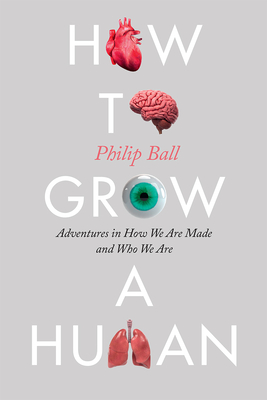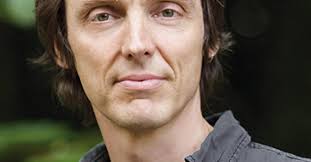

 University of Chicago Press
University of Chicago Press
How to Grow a Human: Adventures in How We Are Made and Who We Are


Key Metrics
- Philip Ball
- University of Chicago Press
- Hardcover
- 9780226654805
- 9.1 X 6.2 X 1 inches
- 1.45 pounds
- Science > Life Sciences - Neuroscience
- English
 Secure Transaction
Secure TransactionBook Description
In his most mind-bending book yet, Ball makes that disconcerting question the focus of a tour through what scientists can now do in cell biology and tissue culture. He shows how these technologies could lead to tailor-made replacement organs for when ours fail, to new medical advances for repairing damage and assisting conception, and to new ways of growing a human. For example, it might prove possible to turn skin cells not into neurons but into eggs and sperm, or even to turn oneself into the constituent cells of embryos. Such methods would also create new options for gene editing, with all the attendant moral dilemmas. Ball argues that such advances can therefore never be about just the science, because they come already surrounded by a host of social narratives, preconceptions, and prejudices. But beyond even that, these developments raise questions about identity and self, birth and death, and force us to ask how mutable the human body really is--and what forms it might take in years to come.
Author Bio
Philip Ball is a freelance science writer. He worked previously at Nature for over 20 years, first as an editor for physical sciences (for which his brief extended from biochemistry to quantum physics and materials science) and then as a Consultant Editor. His writings on science for the popular press have covered topical issues ranging from cosmology to the future of molecular biology.
Philip is the author of many popular books on science, including works on the nature of water, pattern formation in the natural world, color in art, the science of social and political philosophy, the cognition of music, and physics in Nazi Germany. He has written widely on the interactions between art and science, and has delivered lectures to scientific and general audiences at venues ranging from the Victoria and Albert Museum (London) to the NASA Ames Research Center, London's National Theatre and the London School of Economics.
Philip continues to write regularly for Nature. He has contributed to publications ranging from New Scientist to the New York Times, the Guardian, the Financial Times and New Statesman. He is a contributing editor of Prospect magazine (for which he writes a science blog), and also a columnist for Chemistry World, Nature Materials, and the Italian science magazine Sapere. He has broadcast on many occasions on radio and TV, and is a presenter of "Science Stories" on BBC Radio 4. He is a Fellow of the Royal Society of Chemistry, sits on the editorial board of Chemistry World and Interdisciplinary Science Reviews, and is a board member of the RESOLV network on solvation science at the Ruhr University of Bochum.
Philip has a BA in Chemistry from the University of Oxford and a PhD in Physics from the University of Bristol.
Source: PhilipBall.co.uk
Videos
No Videos
Community reviews
Write a ReviewNo Community reviews